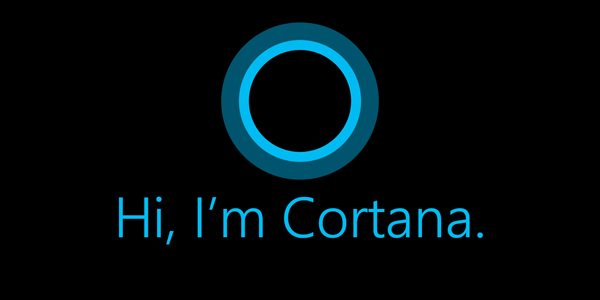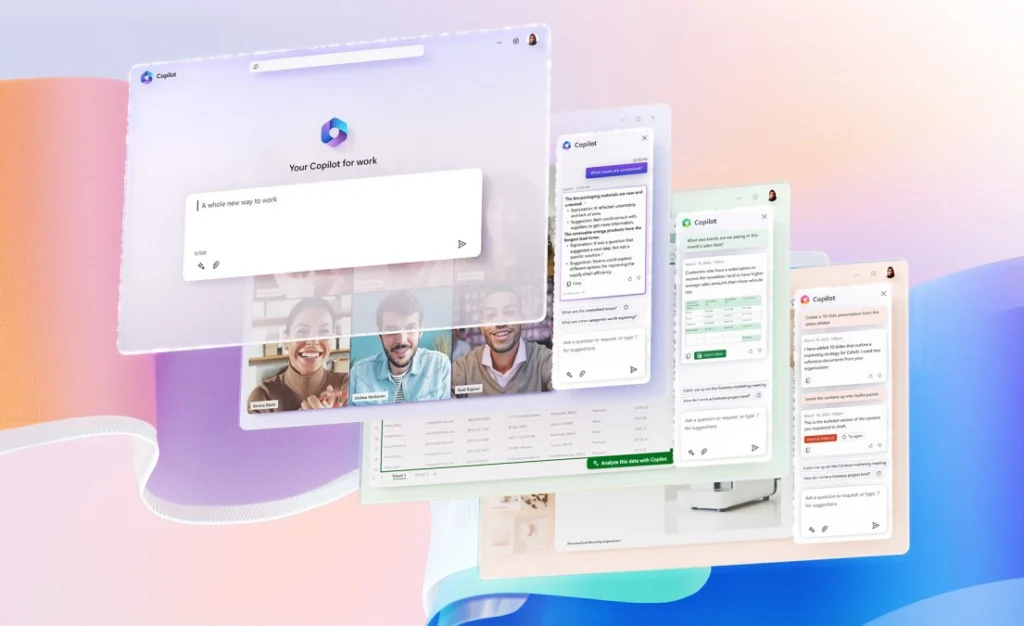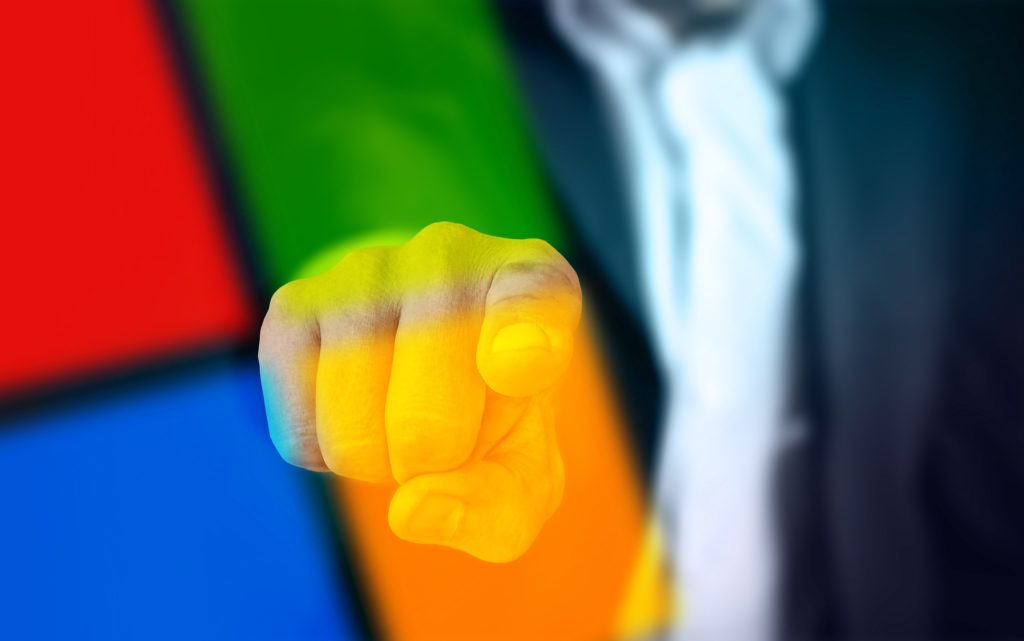Microsoft confirmed earlier this year that it’s bringing Cortana—it’s voice interactive virtual assistant—to both iOS and Android. The proprietary nature of Apple’s iOS all but guarantees that Cortana functionality will be limited and play second-fiddle to Siri, but Android is a different story. Android is open and the latest test version of Cortana for Android allows you to actually replace Google Now as the default virtual assistant on Android devices. The potential for Cortana on Android and Windows 10 is huge.
It seems reasonable to assume that the very best Cortana experience should be on a Windows 10 smartphone and that the integration between a Windows 10 smartphone and a Windows 10 PC would be the most seamless. That’s all well and good, but Windows Phone occupies a mere 2.51 percent of the smartphone market according to the latest data from NetMarketShare. Android, on the other hand, leads the pack with 51.07 percent—and many sources place Android higher. Data from IDC in February of this year placed Android above 80 percent.
If Microsoft wants to create a seamless, symbiotic relationship between the desktop and the mobile device that transforms the way people interact with and use their computing devices Android offers a much stronger platform from which to do that. The move to enable users to make Cortana the default virtual assistant on Android mobile devices is just the latest tactic from Microsoft to essentially hijack Android away from Google in a sort of hostile takeover.
Google Now does still retain some advantages. With Cortana as the default virtual assistant users will be able to engage Cortana and get information from the service by pressing the home button on an Android smartphone or tablet. The ability to just say “Okay Google” and engage the virtual assistant with your voice, however, will still be unique to Google Now.
The battle over control of Android will basically come down to the preferences and allegiances users have to the backend apps and services. Google Now is tightly integrated with Google services—Gmail, Google Calendar, Google Maps, Google Drive, etc.. Similarly, Cortana is connected with Outlook, OneNote, OneDrive, and other Microsoft services. Users who rely primarily on Google apps and services will most likely stick with Google Now, but those who depend on Microsoft for those tools will be better off making the switch to Cortana. The fact that Microsoft has also invaded Android with OneNote, Office apps, and a vast array of other apps will make it that much easier for Android users to choose Microsoft as well.
Windows 10 on smartphones is pretty slick but the reality is that Microsoft has failed to gain much traction in the mobile arena. Microsoft doesn’t have to throw in the towel on its mobile efforts, but it makes much more sense strategically to expand the presence and value of Microsoft on the number one mobile platform in the world—Android—and deliver the promise of the connected, integrated computing experience Windows 10 is capable of on the mobile devices most people are already using.
- Ransomware-Proof Your Data Backups with Immutability - April 10, 2024
- Unearthing Identity Threat Exposures - April 1, 2024
- Future of Tech and Cybersecurity Looks Bright Thanks to AI - March 26, 2024



